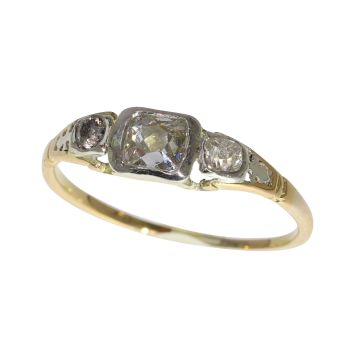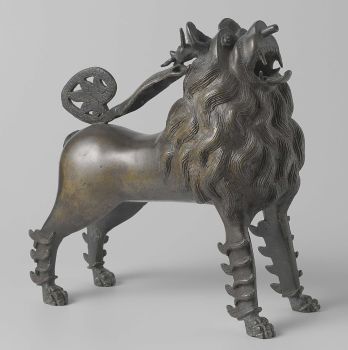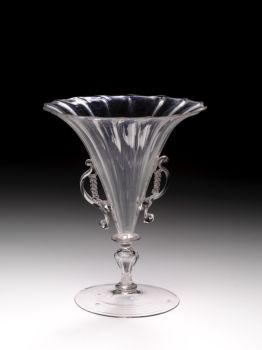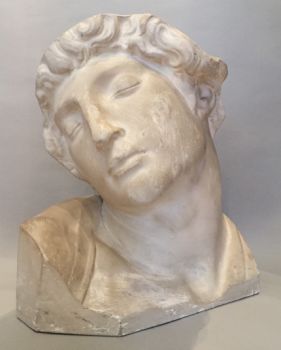Renaissance in art
The Renaissance was a period of great artistic and cultural development that spanned from the 14th to the 17th century in Europe. It is characterized by a renewed interest in classical art, literature, and philosophy, as well as a focus on individualism, humanism, and scientific inquiry. This article will explore the role of the Renaissance in art and its impact on the artistic world.
The Renaissance peaked in Florence, Italy, thanks in large part to the Medici, a wealthy merchant family who unreservedly supported the arts and humanism, a variety of beliefs and philosophies that emphasize the human realm. Italian designer Filippo Brunelleschi and sculptor Donatello were the most important innovators during this period.
One of the main contributions of the Renaissance to art was its emphasis on realism and naturalism. Renaissance artists sought to create works that were faithful to nature, using techniques such as linear perspective and chiaroscuro to create a sense of depth and realism in their works. This is seen in the use of lifelike proportions, anatomical accuracy, and realistic depictions of light and shadow, which created a sense of naturalism and realism in Renaissance art.
The Renaissance also emphasized the use of classical themes and motifs, with many artists drawing inspiration from classical art and literature. This is seen in the use of classical mythology, allegory, and historical themes in Renaissance art, which reflected a renewed interest in the art and culture of ancient Greece and Rome.
Another significant contribution of the Renaissance to art was its focus on individualism and humanism. Renaissance artists sought to capture the individuality and humanity of their subjects, creating portraits that were highly detailed and realistic. This is seen in the use of psychological depth and emotional expression, which conveyed a sense of the individual's inner life and personality.
The Renaissance also played a significant role in the development of new artistic genres and styles. It paved the way for the development of Baroque art, with its focus on drama, movement, and emotion. Additionally, Renaissance art influenced the development of Mannerism, a more stylized and exaggerated approach to art that emerged in the late Renaissance era.
In conclusion, the Renaissance period of art played a crucial role in the development of art and had a profound impact on the artistic world. Its emphasis on realism, naturalism, classical themes, individualism, and humanism challenged the prevailing artistic and social conventions of its time, paving the way for new artistic movements and styles to emerge. Renaissance art remains an important and influential style in art today, and its legacy can be seen in some of the most captivating and realistic works of modern art.
*Image in the header, The Creation of Adam (1508–1512), by Michelangelo, Sistine Chapel, Vatican.







